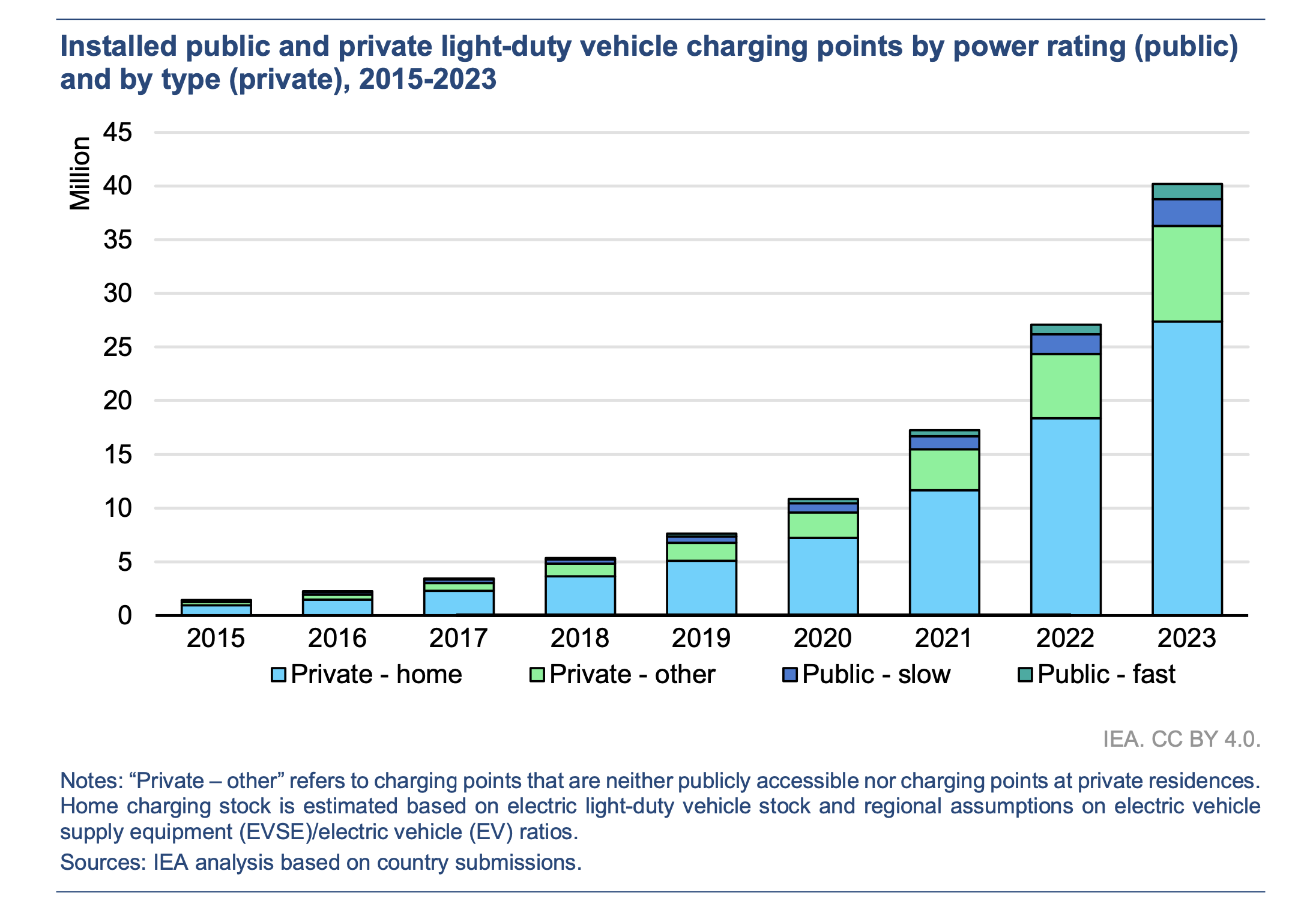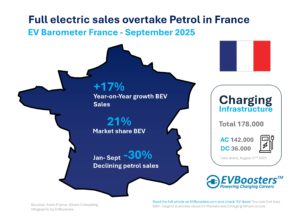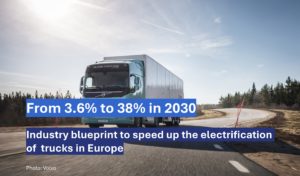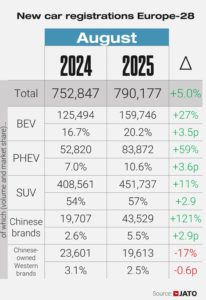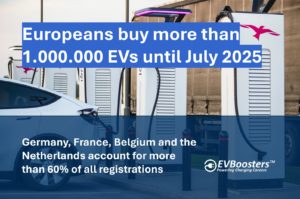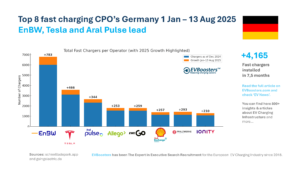Home Charging Dominance
One prominent trend highlighted in the report is the dominance of home charging as the primary means of replenishing electric vehicle batteries. With almost ten times as many private chargers as public ones, homeowners find convenience and cost-efficiency in charging their vehicles overnight. This trend is particularly pronounced in regions like the United Kingdom, where 93% of EV owners have access to home charging, a testament to early adoption and regulatory support.
Government Support Fuels Public Charging Expansion
Governments worldwide are bolstering support for public charging infrastructure to address the growing demand for EVs. In China, where electric car sales have surpassed policy expectations, the focus has shifted to developing comprehensive charging networks in urban areas and along highways. The European Union’s Alternative Fuels Infrastructure Regulation mandates the deployment of fast chargers every 60 kilometers along major transport corridors, ensuring equitable access for EV drivers.
Heavy-Duty Vehicle Charging Emerges as Next Frontier
While electric light-duty vehicles (LDVs) dominate current discussions, the report also delves into the emerging landscape of heavy-duty vehicle (HDV) charging. Dedicated charging infrastructure for HDVs is on the horizon, with efforts underway to standardise megawatt-scale chargers. Governments and industry players are collaborating to establish charging hubs and corridors tailored to the unique needs of electric trucks and buses.
Innovative Solutions for HDV Charging
Innovative solutions such as battery swapping and electric road systems offer promising alternatives to traditional high-powered charging. Battery swapping, popularised in China, allows for rapid replenishment of electric truck batteries, reducing downtime and grid pressure. Electric road systems, pioneered in countries like Sweden and France, enable vehicles to charge while in motion, offering a potential paradigm shift in long-haul transportation.
Future Outlook
As electric vehicle adoption accelerates, the evolution of charging infrastructure will play a pivotal role in shaping the future of mobility. Governments, industry stakeholders, and innovators are collaborating to build robust and sustainable charging networks that cater to the diverse needs of EV drivers. With advancements in technology and regulatory support, the transition to electric mobility promises a cleaner, greener future for transportation worldwide.

